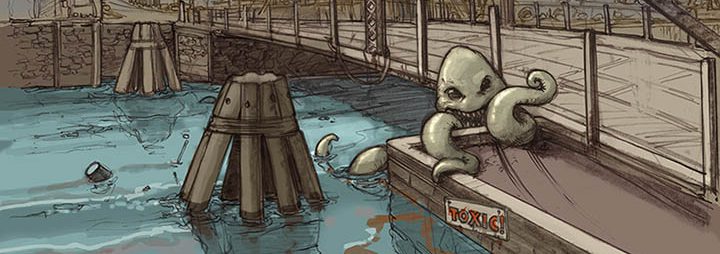Author Archives: viktoriia
Revised Site Report #2
Site Report #2
Site Report #1
Reaction to documentary film “My Brooklyn”
The documentary film under the name “My Brooklyn” by Kelly Anderson helped me to learn the history of Brooklyn and how it was developed through centuries. It was very interesting and sad to find out that Brooklyn was zoned into categories: A – excellent, B – very good, C – caution, D – declining areas. During the Great Depression White people simply moved out from declining areas to suburbs, when areas of safe categories were populated already. Whereas, Black and Hispanic people had no choice but move to these declining areas. Surprisingly, they cleaned up the areas, created communities and opened small businesses. Later on, White people realized that, in fact, these areas are good for investments and started to build high-rise buildings with luxury and expensive condos in order to attract families with high-income. Unfortunately, the city government didn’t take into consideration that these low-income families spend most of their lives in Brooklyn and have become attached to that area. Therefore, economic development corporation started increasing lease significantly and small business had no choice but to relocate or close down. As for residents, they had to move out of their apartments or even worse they were evicted. That’s how gentrification process started. I believe that compromise could have been found of how to rebuild Brooklyn and fair living circumstances could have been provided for the people that used to live in Brooklyn during hard times for the city in the 1930s and gradually maintained and developed it. For instance, better jobs and opportunities to improve and expand their businesses could have been arranged for these low-income families, so they could transform into middle-class families and Brooklyn would thrive.
Reaction to the article “How the Coastline Became a Place to Put the Poor”
Reaction to the article “How the Coastline Became a Place to Put the Poor”
New York Times article under the name “How the Coastline Became a Place to Put the Poor” by Jonathan Mahler demonstrates that when New York was building poor people usually lived on the waterfront because the land in that area was cheap and available. Examples of the areas for low class people would be Red Hook, Coney Island, and Alphabet City. However, from Robert Moses, a famous urban planner in mid twenties century, point of view it would be more efficient for the city to move poor people to the center that’s why he was clearing slums and building projects in the city. Unfortunately, his vision of building the city was not successful as we see the negative consequences few years later after projects had been built. Moreover, Robert Moses faced a lot of significant protests throughout his career from New York residents and eventually he failed big time.



